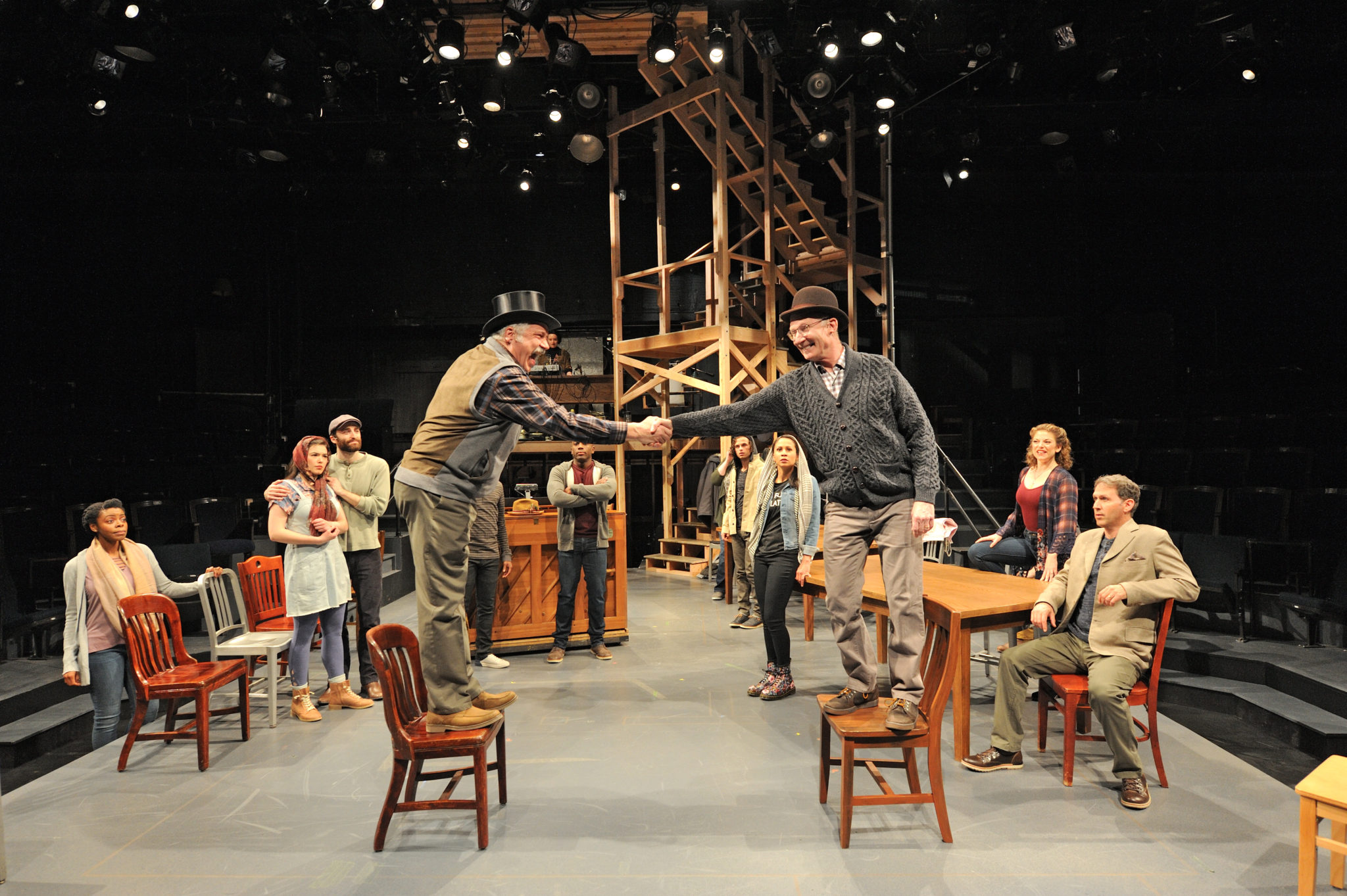
Often times, the printed scores reduced the quality and flexibility of the otherwise improvisational rags. The music was not transcribed until white people heard the songs and placed the melodies on sheet music. The beats originate from those played on drums in Africa. The triplet time often heard in most rag instrumentation stemmed from a banjo imitation. A major instrument in ragtime music was the piano, played in an accentuated 2/4 beat. Ragtime could be described as having a particular “swing” vibe, which encouraged lively dance. The rags also incorporated AABBACCDD sections that were repeated throughout the melody. That is, accents were placed into the rhythmic flow in previously unusual locations. With syncopation, ragtime artists integrated poly rhythmic arrangements in a way that had been described as being an”off-beat” syncopated march. This rhythmic pattern is a staple of the genre. Despite the early negative connotations, ragtime’s most prominent element was the first use of syncopation.

The genre encapsulates all musical styles from cakewalks and “coon songs” to traditional instrumental and vocal rags. Ragtime was a secular genre that contrasted with jubilee quartets in its primarily instrumental foundation.Īny song that was attributed to “ragging” the melody was denoted as encompassing the ragtime genre. Ragtime encapsulated many underlying styles, ranging from classic ragtime to the racism-influenced coon songs. Many of the first ragtime artists were illiterate, so the music was not first transcribed. The genre materialized from the folk blues and marches. It first emerged near the end of the 19th century and further gained popularity up until 1920. “Ragging” was first established with an adornment of rhythmic patterns, originating in cities of the midwest.

Feminism – A Multidisciplinary Bibliography.BMS Training Video – Intro to Elementor.
#Ragtime artists acting today how to
BMS Training Video – How to use the website.Johnson’s Office Hour MWF 12-1 or by Appointment


 0 kommentar(er)
0 kommentar(er)
